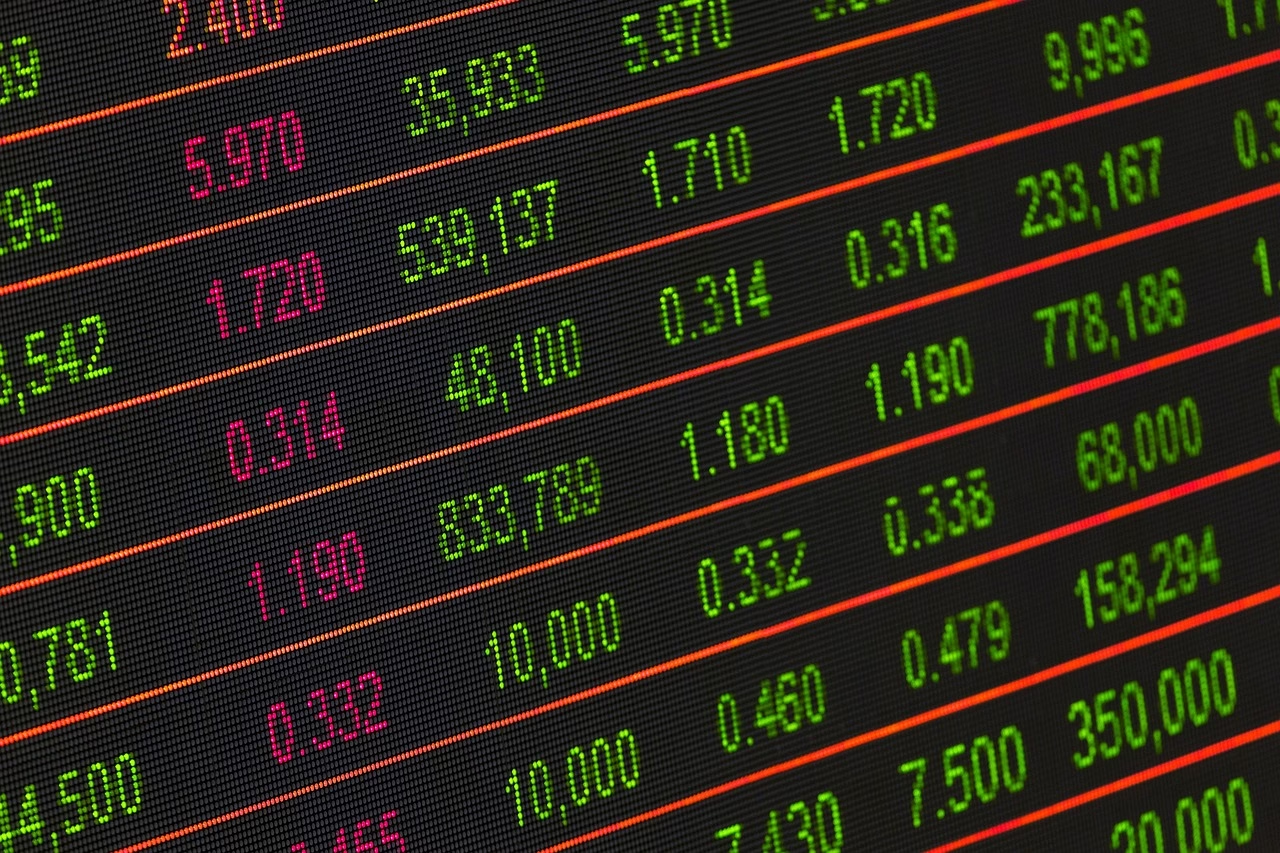“Tokenization of Real-World Assets: Bridging Traditional Fin
May 28, 2025 | by Sophia Vance

Tokenization of Real-World Assets: Bridging Traditional Finance and Blockchain
Let me get right to it: the tokenization of real-world assets isn’t a someday story—it’s already bending the rails of global finance. Forget vaporware promises and meme-coin chaos. What’s emerging is a market architecture blending the cold rigor of Wall Street with the transparency and efficiency of blockchain. Having dissected balance sheets and squinted at smart contracts for a decade, I’ll make this bold—yet data-backed—assertion: tokenized assets are where the smartest capital is quietly pivoting.
What Is Tokenization, Really?
At its sharpest edge, tokenization is the process of representing ownership of physical or intangible assets (think real estate, gold, even fine art or U.S. Treasuries) on a blockchain. Each token is a digital twin—a programmable chunk of value backed by a real-world asset that can be traded globally, 24/7, almost frictionlessly.
- Real estate gets parsed into fractional shares.
- Bonds or private equity are sliced into liquid, smart-contract governed instruments.
- Collectibles like wine, cars, or art are broken into accessible, auditable parcels.
From Subprime to Sublime: Why This Matters in 2024
This isn’t just academic theory. According to BCG, the tokenized asset market could hit $16 trillion by 2030. BlackRock’s CEO calls tokenization “the next generation for markets.” And guess what? Giants like Citi, JPMorgan, and Franklin Templeton are already running pilots that put money-in-the-bank assets onto chain.
Why Smart Investors Care
- Liquidity: Private markets, once chained by quarterly auctions, can finally function at internet speed.
- Transparency: Every fractional trade written to chain. Audit trails in real-time—not quarterly PDFs.
- Global Access: No gatekeepers, no borders. Swiss real estate, U.S. bonds, and Asian art all accessible from a smartphone.
- Programmability: Imagine dividends, splits, and buybacks firing automatically—with code as the referee.
What’s Actually Happening? (Case Studies)
Let’s puncture the hype and talk data. In 2023, JPMorgan’s Onyx division facilitated nearly $700 billion in tokenized collateral for intraday repo transactions. Singapore’s Project Guardian deployed digital bonds, while U.S. fund houses quietly moved money market funds onto blockchain, reducing settlement from days to minutes.
Real estate platforms like Here and RealT tokenize residential properties, distributing rental yields globally. European banks now issue tokenized government bonds. This isn’t about DeFi degens—it’s institutional finance, retooled.
The Obstacles Are Real—But Not Insurmountable
No revolution ever comes pre-packaged. Compliance, regulation, and the sacred trust of asset custody are the primary hurdles. Jurisdictions have wildly divergent stances: the Swiss say “yes,” the SEC says “maybe.” But here’s the confidence play—regulators love traceability and audibility. Blockchains can hand them those on a silver platter, and that means regulation won’t kill tokenization. It’ll refine it.
On the technical side, interoperability is Achilles’ heel. But with giants like Chainlink and Hyperledger creating bridges and standards, expect pipes to be laid—fast.
The Foresight: Winners Aren’t Just Crypto-Native
If you think tokenization is just for the crypto crowd, upgrade your playbook. The deepest pools of capital—pension funds, sovereign wealth, corporate treasuries—are sniffing around tokenized products. Tokenization will carve out blue-chip rails for real assets. We’re talking about the liquidity flywheel: as institutional players test, liquidity deepens, drawing more assets, more investors, and perpetuating the cycle.
For retail investors? Welcome to global markets previously locked behind boardrooms and bureaucracy. Whether you’re buying $50 of Manhattan or $200 of an Ibiza villa, these rails won’t just change what you invest in—they’ll redefine what “ownership” means.

RELATED POSTS
View all



